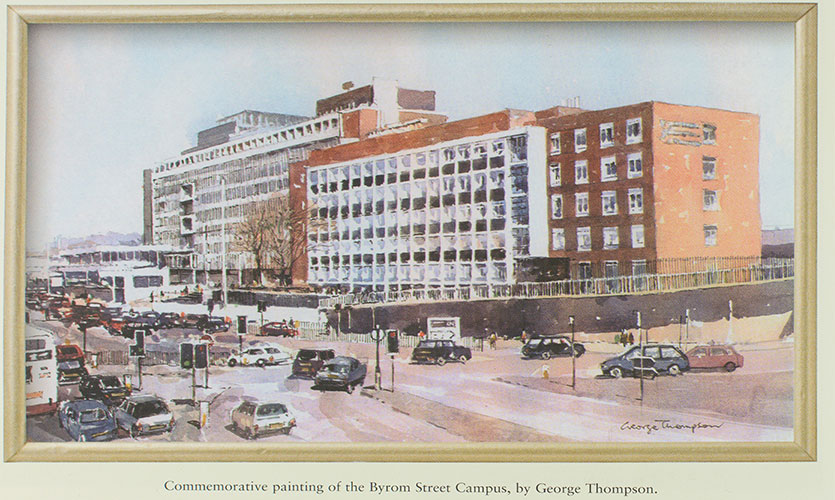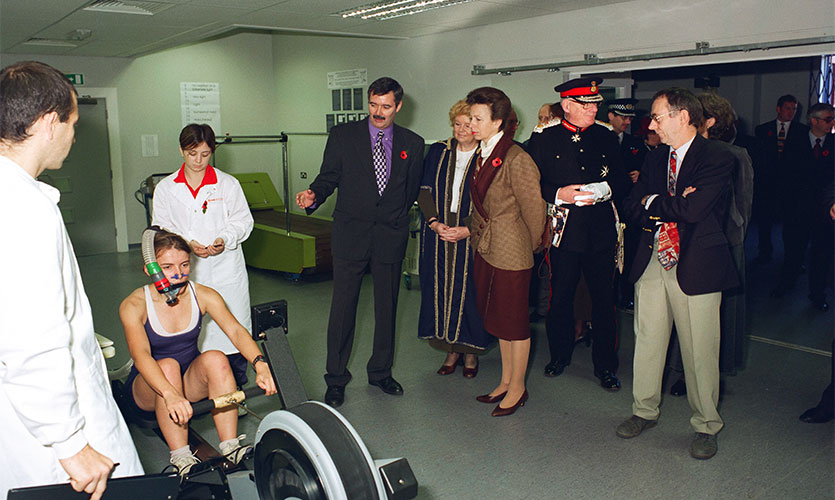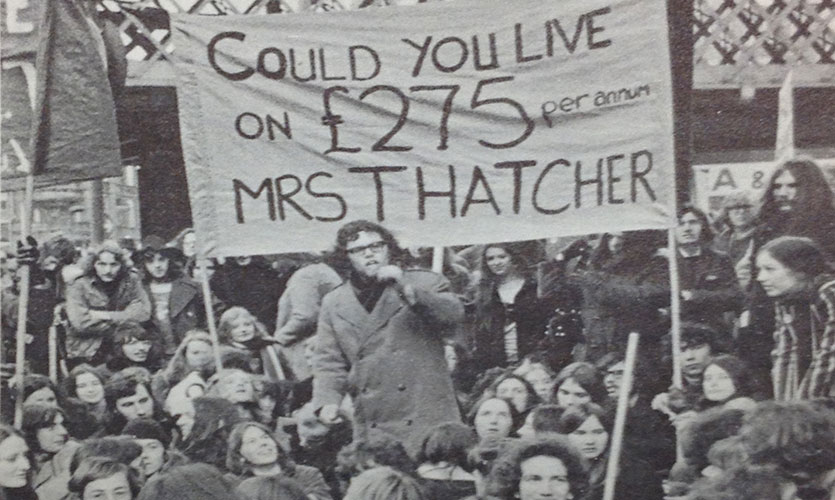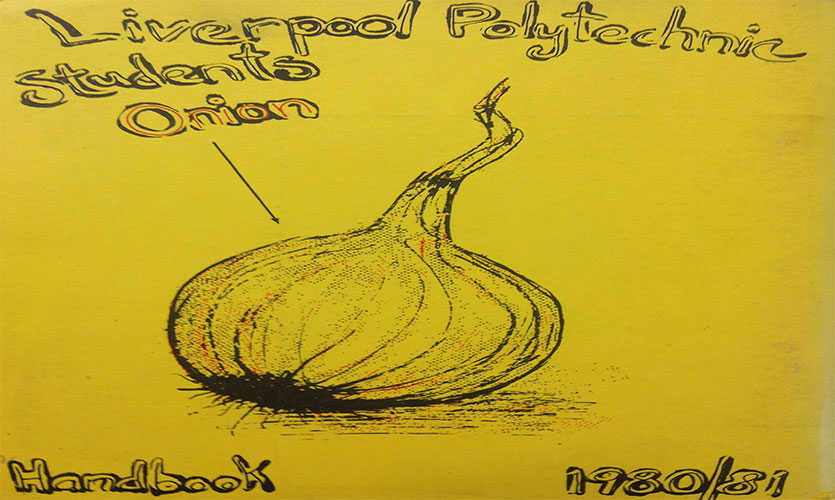The growth in vocational education
Liverpool Polytechnic
Liverpool Polytechnic came out of a movement in the 1960s towards offering a vocational approach to higher education, concentrating on science and technology. Over time, the composition and identity of the Polytechnic grew and developed.
Plans for a polytechnic in Liverpool began in the late 1960s. Shirley Williams, then Minister of State with Special Responsibility for Education, visited the city, holding discussions with local politicians and educational institutions as well as students on how they should be represented in the new governing body.
The institutions which formed Liverpool Polytechnic at its inception were the Regional College of Technology, the College of Art, the College of Building and the College of Commerce. It was established on 1 April 1970, and with a Conservative government in power, it fell to the then Secretary of State for Education, Margaret Thatcher, to officiate at its designation ceremony in the Philharmonic Hall the following year. During the ceremony, student protestors threw eggs and chanted "School milk, school meals" at Thatcher in protest at her cuts to universal free school milk.
The 1970s marked the growth of a new discipline that remains a key strength at LJMU: sport and exercise science. In 1975, Liverpool Polytechnic became the first institution in the world to host a single honours programme in sport science.
From the early 1980s until the end of the decade, Liverpool Polytechnic was caught up in a series of turbulent political problems, both local and national. Despite this, it went through a phase of significant expansion, with F.L. Calder and I.M. Marsh Colleges joining in 1981, then COLCHE in 1983.
The 1988 Education Reform Act meant that Liverpool Polytechnic became an independent higher education corporation, being funded directly by the Department for Education and Science (DES). That same year, it was granted research degree awarding powers, and following the closure of COLCHE’s Prescott campus, all activities were concentrated in Liverpool city centre or at the I.M. Marsh campus. A major campus investment programme began, with the refurbishment of existing buildings and the development of new buildings, such as the Henry Cotton Building in 1989 and Cathedral Campus in 1991.
Following Incorporation in 1989, the Further and Higher Education Act of 1992 turned polytechnics into universities - one of these new institutions was Liverpool John Moores University, which received its Royal Charter on 1 September 1992.
Pioneering sport scientist: Professor Tom Reilly (1941–2009)
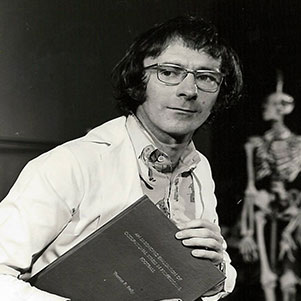 Tom Reilly was a key member of the team at Liverpool Polytechnic that set up the world’s first BSc (Honours) degree in sports science in 1975. He was also the UK’s first Professor of Sports Science, and helped lay the foundations for sport and exercise scientific study at Liverpool Polytechnic, LJMU, and beyond. Thanks to Professor Reilly’s vision and dedication, LJMU is now the UK’s leading institution for research in sport and exercise science.
Tom Reilly was a key member of the team at Liverpool Polytechnic that set up the world’s first BSc (Honours) degree in sports science in 1975. He was also the UK’s first Professor of Sports Science, and helped lay the foundations for sport and exercise scientific study at Liverpool Polytechnic, LJMU, and beyond. Thanks to Professor Reilly’s vision and dedication, LJMU is now the UK’s leading institution for research in sport and exercise science.


